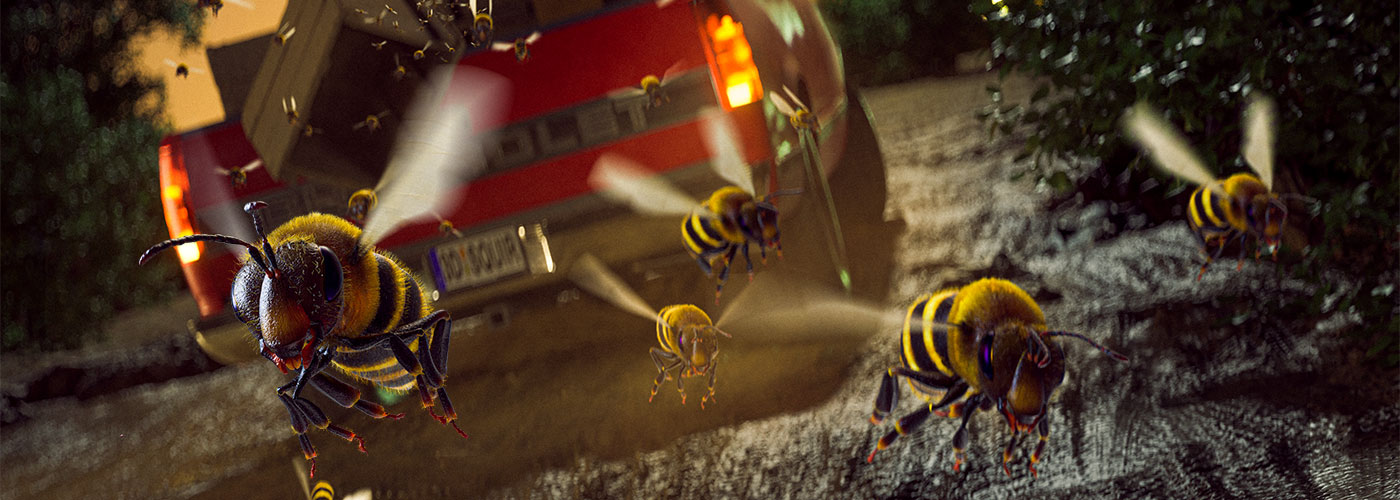Kamron Koehnen had been robbed. During the night, thieves had snuck onto his property in Ord Bend, California, and made off with more than $2,000 worth of loot. The crooks hadn’t stolen money, electronics, or jewelry—they’d snatched 14 boxes of live honeybees. “Each of those hives was worth about $150,” says Koehnen.
Koehnen’s family has been raising bees for generations. They also grow almonds, a crop that depends on the bees for pollination. The bees visit the family’s almond flowers to drink their sweet nectar. As they do, powdery pollen grains get stuck to the bees’ fuzzy legs and transferred between flowers. That allows the trees to make the nuts they need to reproduce. Farmers harvest these nuts for people to eat (see Pollination 101).
Kamron Koehnen had been robbed. During the night, thieves had snuck onto his property in Ord Bend, California. They’d taken more than $2,000 worth of loot. The crooks hadn’t stolen money, electronics, or jewelry. Instead, they’d grabbed 14 boxes of live honeybees. “Each of those hives was worth about $150,” says Koehnen.
Koehnen’s family has been raising bees for generations. They also grow almonds. This crop depends on the bees for pollination. The bees drink sweet nectar from the family’s almond flowers. As bees visit the flowers, powdery pollen grains stick to their fuzzy legs. The bees carry the pollen between flowers. That allows the trees to make nuts. Trees need the nuts to reproduce, and farmers pick the nuts for people to eat (see Pollination 101).

